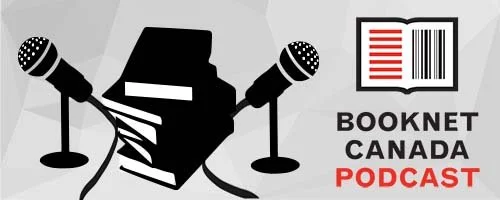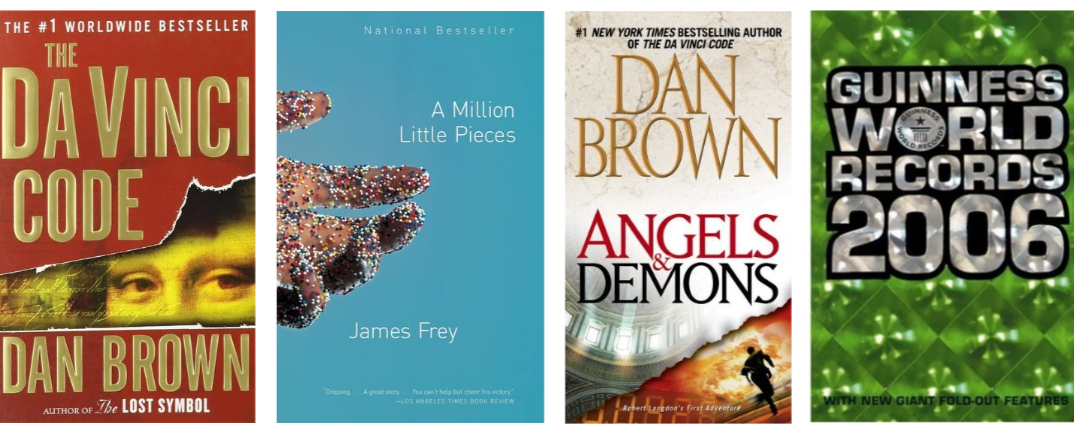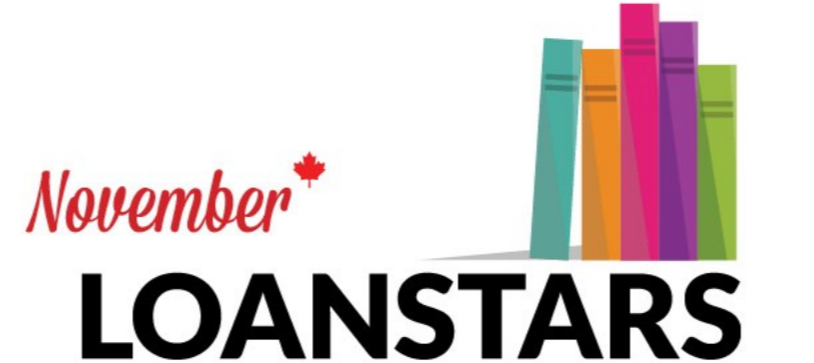We recently released our free report, What's in Store: The State of Independent Bookselling in Canada (you can read the whole thing at the link). We knew what our takeaways were: the seven indie bookselling myths busted by the report that we wrote about in this blog post.
But we wanted to hear from other people in the industry to see their reactions to the report's findings. Canada’s longest-serving and award-winning book and gift sales agency, Ampersand Inc., and one of Canada's most respected publishing sales teams, Hornblower Group, were both kind enough to answer our call. They surveyed their members and provided us with some of their insights.
From the lovely folks at Ampersand Inc.
Ali:
I was surprised at the low rates of social media use by bookstores. I follow quite a few bookstores on Instagram, for instance, and some of them are really fun and creative! I’m also wondering if someone (publishers? BookNet? ABA?) offers or could offer classes on social media. I certainly think publishers should be offering more social media assets AND tips on how to use them.
Dani:
I was not surprised that accounts report having a hard time keeping quality staff members due to low/stagnant wages, but it did make me sad.
I don’t know if perhaps the difference was negligible, but I think it would be interesting to see the difference in operations costs between stores that lease their space vs. those that own. The spate of key indies that have recently had issues with evictions and astronomical rent increases should be a sign that owners should try to buy space when they can.
This report really speaks to the value of social media and internet presence. Some form of industry education (or maybe a grant?) should really be implemented.
It was interesting that so many stores reported that author visits are important when I often have a really hard time finding booksellers to support author visits.
Evette:
Maybe a weird thing to be shocked by, but I was surprised that 24% of Canadian independent bookstore staff were seasonal. Maybe this is more noticeable in very large indies, but I think I only have one or two indies that operate with seasonal staff on top of their permanent staff. A big takeaway for me was the importance of inclusion and continuing to grow in that area (even in areas that we think we’re doing well with for inclusion, but percentages seem low). It’s great that stores are interested in adapting as they can, but there are still so many areas to improve. Such as having an ASL translator at events, visible way-finding signage in store, or accessible washrooms.
Jenny:
It seems that a lot of bookstores could work on increasing their online presence and taking advantage of the digital tools available to drive book sales. I am shocked by the fact that 74% don't have a website or blog and the same percentage don’t enable shopping or embed products on Instagram (though perhaps that capability is limited only to shops with certain point-of-sale (POS) systems). The gift market really excels in selling on social media, especially on Instagram, and I think bookstores should really look into how they can better utilize social media to drive their own sales. I do love the optimism about the industry overall!
Jessica:
I was shocked that 74% of respondents don't have a website or blog. In this increasingly digital age, having no presence online is a missed opportunity, both for brand awareness and sales.
I’m wondering if in future surveys it makes sense to have a question around succession planning and/or the future of your business.
I’m happy to see many respondents viewed both their store and the industry as healthy. In order to continue and maintain this, many respondents should have a clear plan in place for the future of the business (10, 20, 30 years from now).
Laureen:
I had always thought backlist was the driving force in most stores, but it’s frontlist stock — new releases.
Launches, readings, book clubs, etc. are revenue-generating sidelines in a big way — that’s a good thing. There was a time, only a few short years ago, when a bookseller would NEVER consider leaving the store, let alone carry sidelines! Now they are competing for events!
November and December are the best months for sales. That’s a long time to wait for profits. I think we all know that the Christmas season/fourth quarter is the strongest but winter weather can really affect Christmas sales. Publishers should release more big-name authors in the spring!
Morgen:
I love these kinds of surveys and reports and think the stores that take part deserve a great big thank you (as does BNC for putting this all together!). In this survey, it looks like we're hearing from about half of the accounts that submit data to BNC. I would be curious to also hear from accounts that don’t submit data to BNC; I wonder if the information would be quite different. I am also curious about the role that geography plays in sales growth. 61% of participating stores experienced an increase in gross revenue from 2017 to 2018; where were the majority of these stores? In urban or more rural areas? In the east or the west? And finally, it is unsurprising that bookstores have such a large percentage of part-time staff, and I wonder how many of the part-time staff in this industry have work outside of the bookstore? Many amazing booksellers that I know are also artists, writers, illustrators, editors. I wonder how common that is across the country. Great work, BNC! 😊
Saffron:
While I am not totally surprised by what I think of as the very low number of stores having an integrated POS system (70%); I am still shocked that it isn’t 100%. Not infrequently, do we get hand-written orders and we have even had accounts take pictures of barcodes and send them to us. The extra time and chance for error is pretty high on many levels. The anecdotes throughout the report were awesome and I would have liked to see more of them. Love the optimism that the booksellers have! 😊
Sarah:
I was surprised by the amount booksellers put into their advertising and marketing operations (5% of operational expenses). Since co-op is such a big part of book sales, I thought this would be reflected more by bookstores. Especially since author visits and window/in-store displays are ranked as the most important co-op practices for booksellers and where they see positive sales. I'm happy to read that author interaction with readers on social media is increasing and impacting sales!
From the lovely folks at Hornblower Group
We were surprised that the industry perception was generally positive, as the outlook from many bookstores this year is that 2019 is a tougher year — though it’s possible this will change in the next report. Other eye-openers: The online campaign with the highest return on investment (ROI) was the "Love Your Bookstore challenge" at 56%. For a campaign that kicked off only two years ago, it’s amazing to see how it spread virally. It also came as a surprise to learn how vital TripAdvisor is for marketing.
Most bookstores say they buy Canadian books and have great ROI from them. In this report, from what we gathered, Canadian books are authored/illustrated by at least one Canadian author. Do bookstores take into consideration where the publisher is based when thinking about Canadian books? Do they take special action regarding Canadian publishers versus American/British companies publishing Canadian authors, for instance?
There is no discussion about sourcing in this report — where do booksellers generally source their books? What is the split between Canadian official distributor, Canadian wholesaler, American wholesaler (i.e., Ingram), and other sources (like direct from publisher)? What makes the difference between them choosing one supplier over another? How much is bought from US sources that would be available from Canadian sources, and what are the reasons behind using American sources (freight, ease of use, not having to open many different accounts for a few books only, etc.)? What would drive them to buy more Canadian-authored and Canadian-published books from a Canadian distributor/wholesaler?
What are booksellers’ thoughts regarding the indie-specific programs publishers and distributors have established to support indie? Have they increased their business with those distributors? Do booksellers find value in these programs, and have they moved the needle at all in their purchasing habits?
We absolutely see the value in a national indie bookseller association. The question is, how to start? Perhaps someone who is great at grant writing (and has the time!) could start a proposal. This would lead to many things including national branding for the independent trade booksellers. There's also an argument to pursue the accreditation model in provinces (like Quebec) where it will work, and a national association could help this. It’s also interesting to see that Books for Everybody (BFE) is still very much an important marketing component for many booksellers.
It’s no surprise how vital event sales are for indie stores, and that’s fantastic — but we need to find a way to support indies to capture more of the online market.
Thanks to the staff at Hornblower Group and Ampersand Inc. for taking the time to share their thoughts with us. If you have thoughts about our What's in Store report that you'd like to share, put it in a comment below or contact us. We'd love to hear them.















The latest news out of the European Commission.